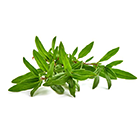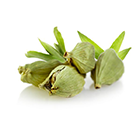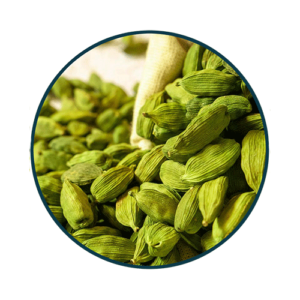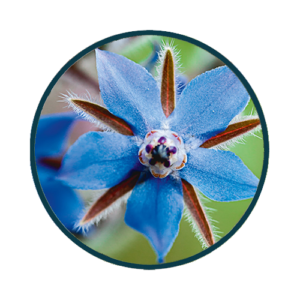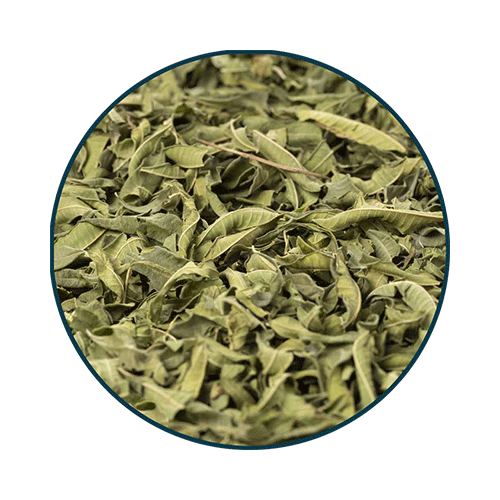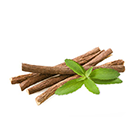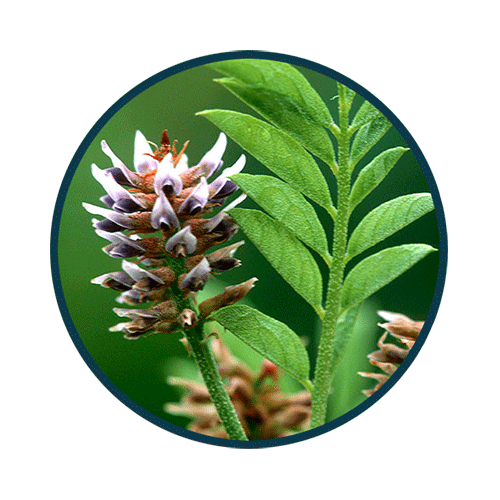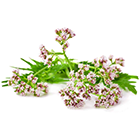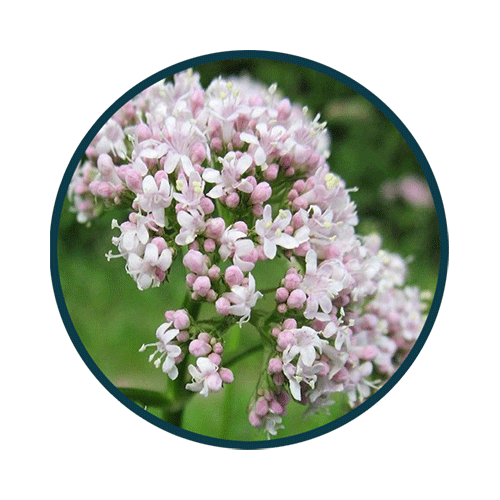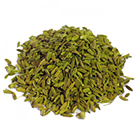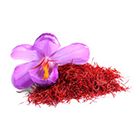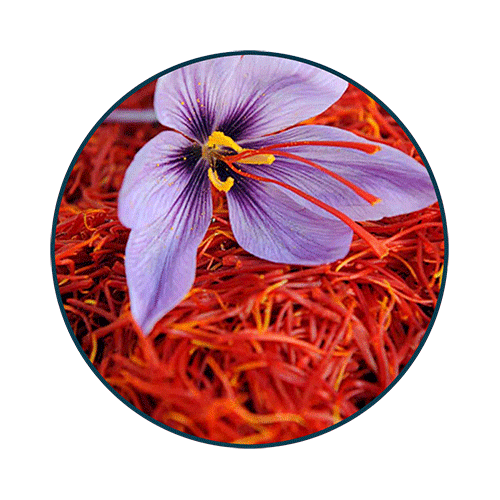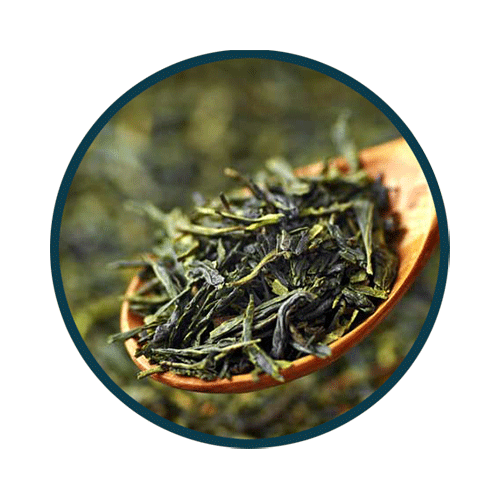03 Apr Thyme
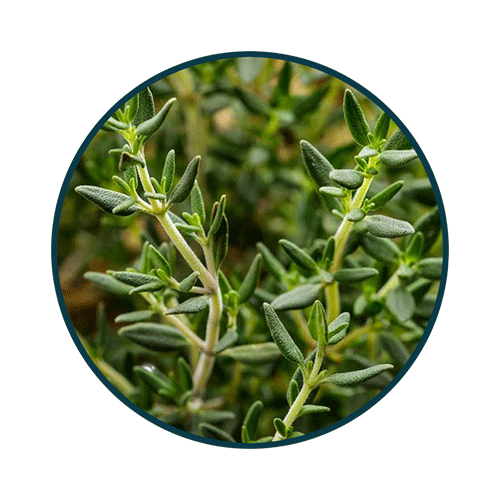
Thyme
From the family of mint, Thyme herb has 350 kinds out of which 14 aromatic kinds are found in the mountains .
According to research conducted in 2014, Thyme is very effective in fighting and killing pathogenic bacteria such as Staphylococcus aureus, Pseudomonas aeruginosa, and Klebsiella pneumonia compared to other herbs such as lavender and Artemisia.
Medicinal properties
Thyme is a miraculous herb full of many medicinal and healthy properties, as listed below:
- Antimicrobial properties: The plant has very powerful antiseptic properties.
- Treating sore throat
One of the powerful compounds of the herb oil is Carvacrol which is very effective in treating and relieving sore throat. According to a recent study by a university in Poland, the herb oil responds positively to 120 different kinds of bacteria associated with mouth infections, genitals, and urinary tract, and respiratory system. Moreover, the herbal oil showed extraordinary effects on antibiotic-resistant strains.
- Lowering blood pressure
Thyme is very useful in treating high blood pressure. According to studies, the extract of this amazing herb may help reduce heart attack in people with high blood pressure.
- Lowering blood cholesterol
The herb lowers the level of bad cholesterol and triglycerides in the blood while increases good cholesterol.
- Food disinfection
Thyme prevents food contamination while disinfecting the contaminated food. According to the research in food microbiology, the herb may help disinfect Shigella-infected lettuce, an infectious virus that causes serious damage to the intestines and diarrhea. Washing lettuce in water containing only one percent of thyme oil can significantly fight Shigella bacteria.
- Increasing the level of dopamine and serotonin
Carvacrol is one of the powerful compounds in the herb which helps with mood. In 2013, a 7-day carvacrol study on animals showed that serotonin and dopamine levels, two neurotransmitters in the hippocampus and prefrontal cortex, increased. Thyme activates brain carvacrol, thus directly affects brain activity by regulating neurotransmitters.
If consumed even in small quantities, the herb can make you feel much better.
- Fighting cancer
One of the major compounds of the herb is Carvacrol which has shown to have extraordinary properties to fight cancer cells.
- Useful in treating bronchitis and cough
The plant has been used for many centuries to cure bronchitis and cough. According to a research by a medical institute in Germany, a blend containing ivy and thyme was used to treat bronchitis and cough. Based on the findings, the Cough symptoms were reduced by 50% and the recovery time was reduced to less than two days compared to other drugs.


